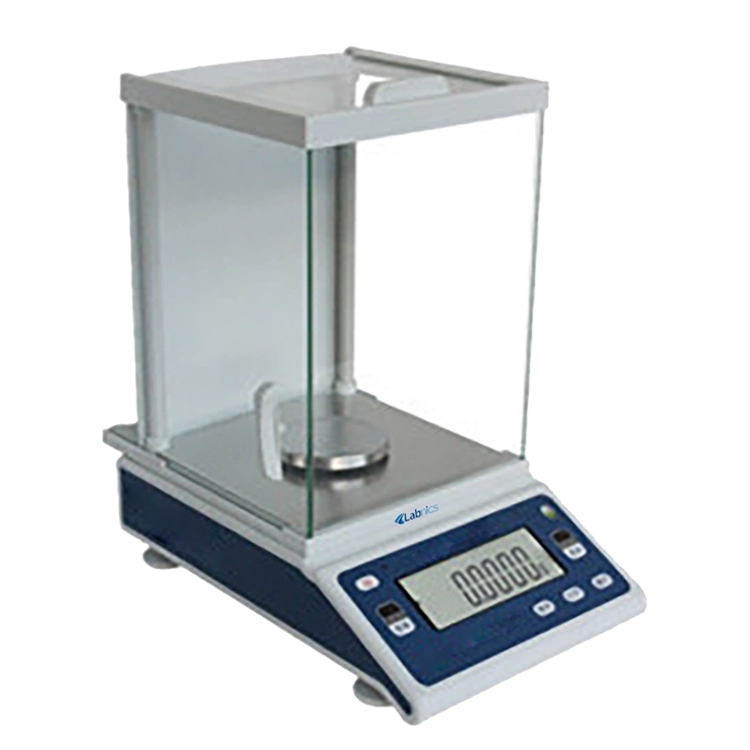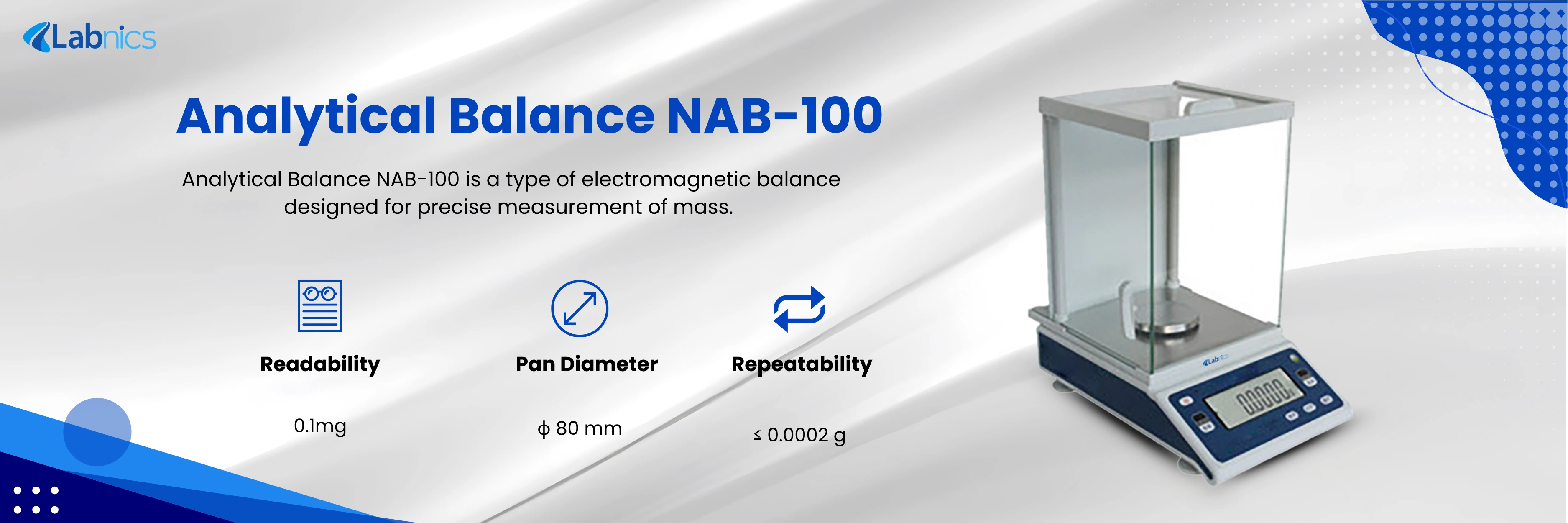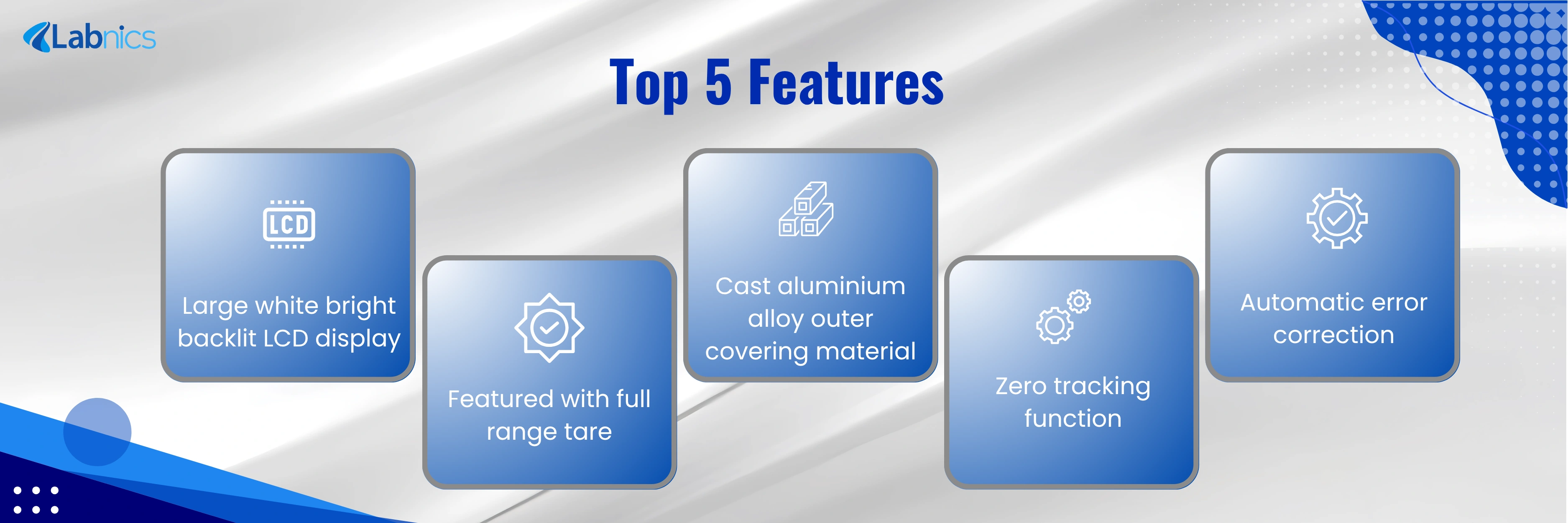Analytical Balance NAB-100 is a type of electromagnetic balance designed for precise measurement of mass. The glass shield ensures the accuracy of the electronic balance by retaining the resistance against the irregular air flow and dust particles. It provides RS232 interface for easy transmission and memory storage of weighing data and to display it to monitor or print it.
FAQ for Analytical Balance NAB-100
1: Can weighing data be transferred to other devices?
Yes, our Analytical Balance comes with an RS232 interface that allows smooth data transfer to computers, printers, or external monitors. This makes record-keeping and analysis much easier and more efficient.
2: How does the Analytical Balance NAB-100 ensure accuracy during use?
The Analytical Balance includes a glass shield that prevents air drafts and dust interference. It also features automatic error correction and zero tracking to maintain stable and accurate measurements.
3: Can the Analytical Balance NAB-100 be used for continuous weighing operations?
Yes, with its fast stabilization and reliable electronics, it supports continuous use without compromising accuracy. It’s well-suited for high-throughput environments, such as testing labs.
4: Is the Analytical Balance NAB-100 easy to clean and maintain?
Its smooth surface and aluminum alloy housing make it easy to wipe down. The removable pan and enclosed design reduce contamination and simplify cleaning routines.
5: What safety features does the Analytical Balance include?
Our Analytical Balance is equipped with built-in overload protection to prevent mechanical damage. This ensures long-term durability, even in the event of occasional user errors.
6: Why does the Analytical Balance have a glass shield?
The transparent glass shield is designed to block external air drafts and dust. This ensures consistent weighing conditions and prevents fluctuation in readings. It helps protect both the sample and the measurement integrity.
7: Is the Analytical Balance easy to calibrate?
Most analytical balances include internal or external calibration options. Internal calibration is automatic and ensures precision without manual effort. External calibration allows the use of certified weights to validate accuracy regularly.
8: How durable is an Analytical Balance?
Analytical balances are designed with sturdy materials and a sealed weighing chamber. This makes them durable and resistant to environmental contamination. Proper handling and regular maintenance extend their lifespan.
9: How often should an Analytical Balance be cleaned?
Cleaning should be done regularly, ideally after each use. This prevents dust, residue, or chemical spills from affecting accuracy. Use a soft brush or lint-free cloth and avoid harsh chemicals that may damage internal components.



